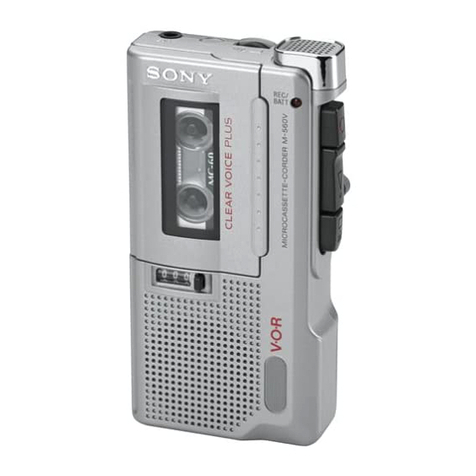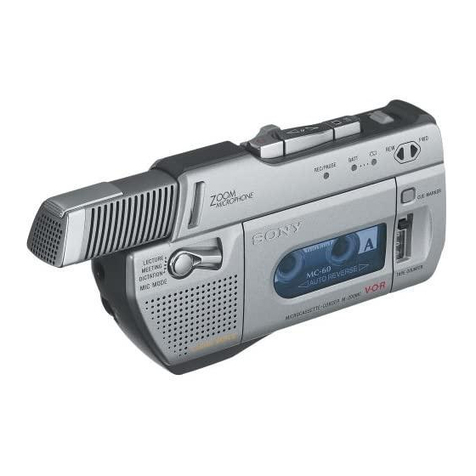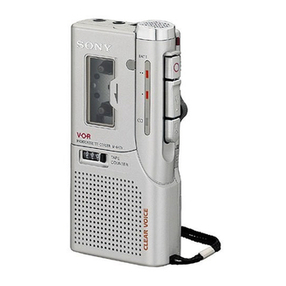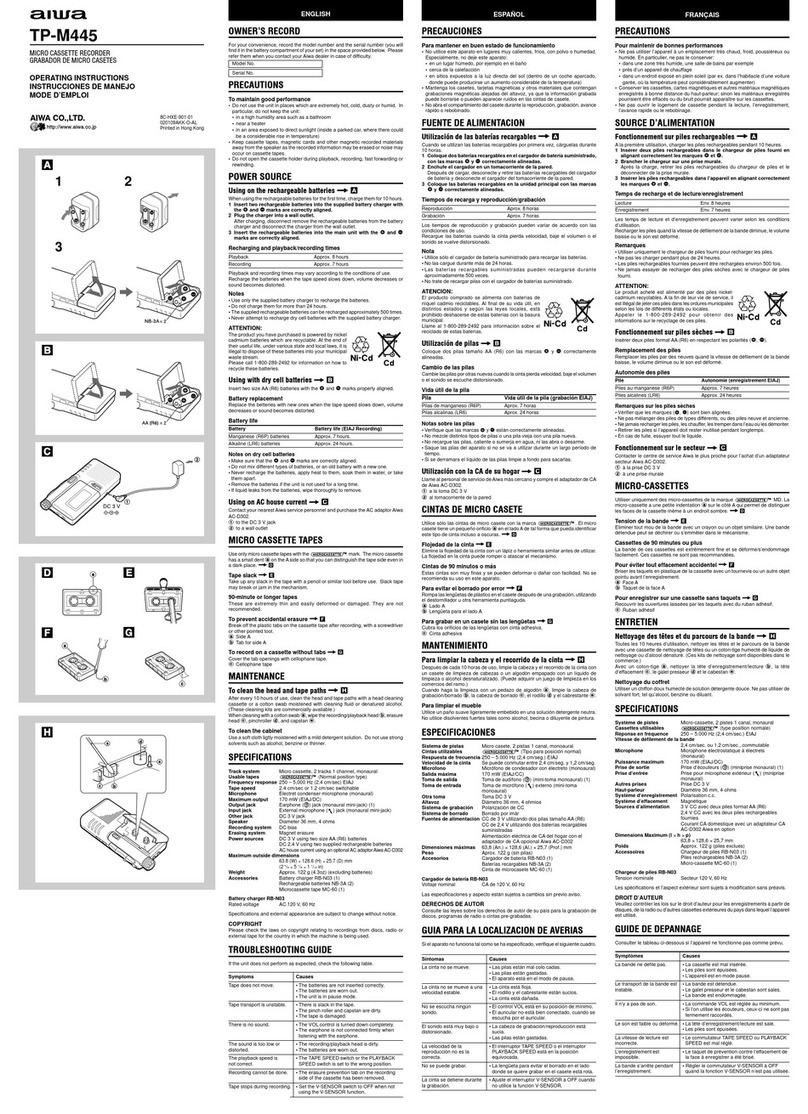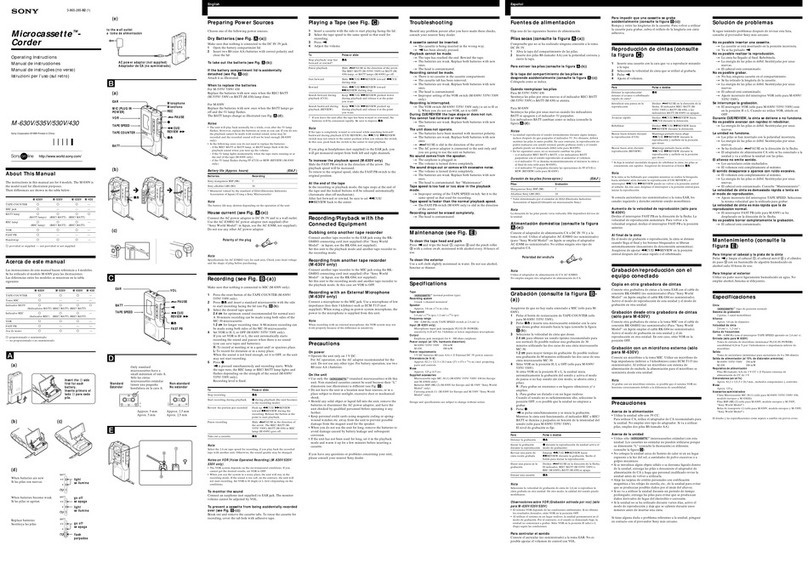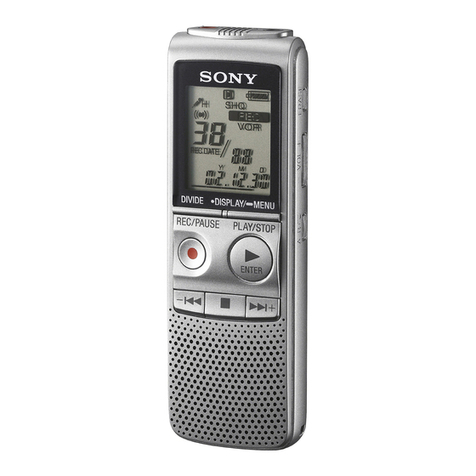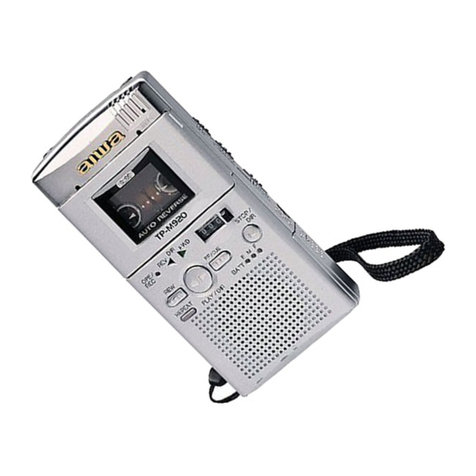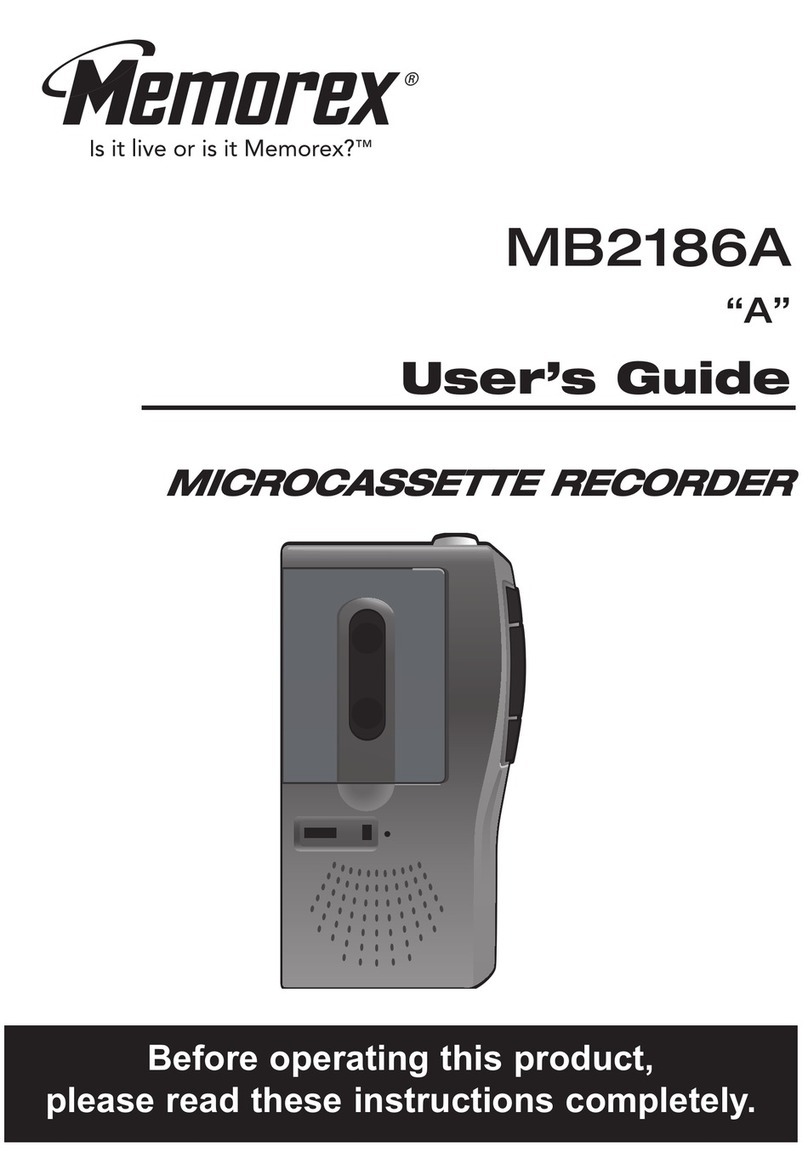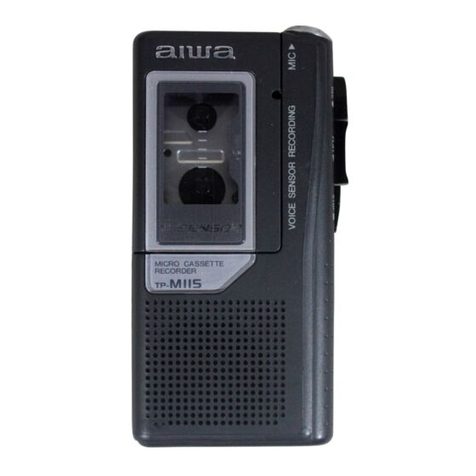
5
PRECAUTION
Information concerning the battery pack:
The battery pack includes flammable content such as organic
solvents. Mishandling may cause the battery to rupture
producing flames or extreme heat, deteriorate, or cause other
forms of damage to the battery. Please observe the following
safety precautions.
DANGER
• Do not disassemble or rebuild the battery!
The battery pack has a safety and protection circuits
to avoid danger. If they suffer serious damage, the
battery may generate heat or smoke, rupture, or burst
into flame.
• Do not short-circuit the battery!
Do not join the + and – terminals using any form of
metal (such as a paper clip or wire). Do not carry
or store the battery pack in containers holding metal
objects (such as wires, chain-necklace or hairpins). If
the battery pack is short-circuited, excessive current
will flow and the battery may generate heat or smoke,
rupture, or burst into flame. It will also cause metal
objects to heat up.
• Do not incinerate or apply heat to the battery!
If the insulator is melted, the gas release vent or safety
circuit is damaged, or the electrolyte is ignited, the
battery may generate heat or smoke, rupture, or burst
into flame.
• Do not leave the battery near fire, stoves, or other
heat generators (areas reaching over 80°C/ 176°F)!
If a cell internal polymer separator is melted due to
high temperature, an internal short-circuit may occur in
the individual cells and the battery may generate heat
or smoke, rupture, or burst into flame.
• Avoid immersing the battery in water or getting it
wet!
If the battery becomes wet, wipe it off with a dry
towel before use. If the battery’s protection circuit is
damaged, the battery may charge at excess current
(or voltage) and an abnormal chemical reaction may
occur. The battery may generate heat or smoke,
rupture, or burst into flame.
• Do not charge the battery near heat sources, fires
or in direct sunlight!
If the battery’s protection circuit is damaged, the
battery may charge at excess current (or voltage) and
an abnormal chemical reaction may occur. The battery
may generate heat or smoke, rupture, or burst into
flame.
• Use only the specified charger(s) and observe
charging requirements!
If the battery is charged in out of specifications
conditions (at high temperature over the specified
value, excessive high voltage or current over the
specified value, or with a modified charger), it may
overcharge or an abnormal chemical reaction may
occur. The battery may generate heat or smoke,
rupture, or burst into flame.
• Do not pierce the battery with any object, strike it
with an object, or step on it!
This may break or deform the battery, causing a
short-circuit. The battery may generate heat or smoke,
rupture, or burst into flame.
• Do not jar or throw the battery!
An impact may cause the battery to leak, generate
heat or smoke, rupture, and/or burst into flame. If the
battery’s protection circuit is damaged, the battery may
charge at an abnormal current (or voltage), and an
abnormal chemical reaction may occur. The battery
may generate heat or smoke, rupture, or burst into
flame.
• Do not use the battery pack if it is damaged in any
way!
The battery may generate heat or smoke, rupture, or
burst into flame.
• Do not solder directly onto the battery!
If the insulator is melted or the gas release vent or
safety circuit is damaged, the battery may generate
heat or smoke, rupture, or burst into flame.
• Do not reverse the battery polarity (or terminals)!
When charging a reverse connected battery, an
abnormal chemical reaction may occur. In some
cases, an unexpected large amount of current may
flow upon discharging. The battery may generate heat
or smoke, rupture, or burst into flame.
• Do not reverse-charge or reverse-connect the
battery!
The battery pack has positive and negative terminals.
If the battery pack does not smoothly connect with
a charger or operating equipment, do not force it;
check the polarity of the battery. If the battery pack is
reverse-connected to the charger, it will be reverse-
charged and an abnormal chemical reaction may
occur. The battery may generate heat or smoke,
rupture, or burst into flame.
• Do not touch a ruptured and leaking battery!
If the electrolyte liquid from the battery gets into your
eyes, flush your eyes with fresh water as soon as
possible, without rubbing your eyes. Go to the hospital
immediately. If left untreated, it may cause eye-
problems.
WARNING
• Do not charge the battery for longer than the
specified time!
If the battery pack has not finished charging even after
the specified time has passed, stop it. The battery
may generate heat or smoke, rupture, or burst into
flame.
• Do not place the battery pack in a microwave oven
or a high pressure container!
The battery may generate heat or smoke, rupture, or
burst into flame.
• Keep ruptured and leaking battery packs away
from fire!
If the battery pack is leaking (or the battery emits a
bad odor), immediately remove it from hot, flammable
or combustible areas. Electrolyte leaking from battery
can easily catch on fire and may cause the battery to
generate smoke or burst into flame.
• Do not use an abnormal battery!
If the battery pack emits a bad odor, appears to have
different coloring, is deformed, or seems abnormal
for any other reason, remove it from the charger or
operating equipment and do not use it. The battery
may generate heat or smoke, rupture, or burst into
flame.

